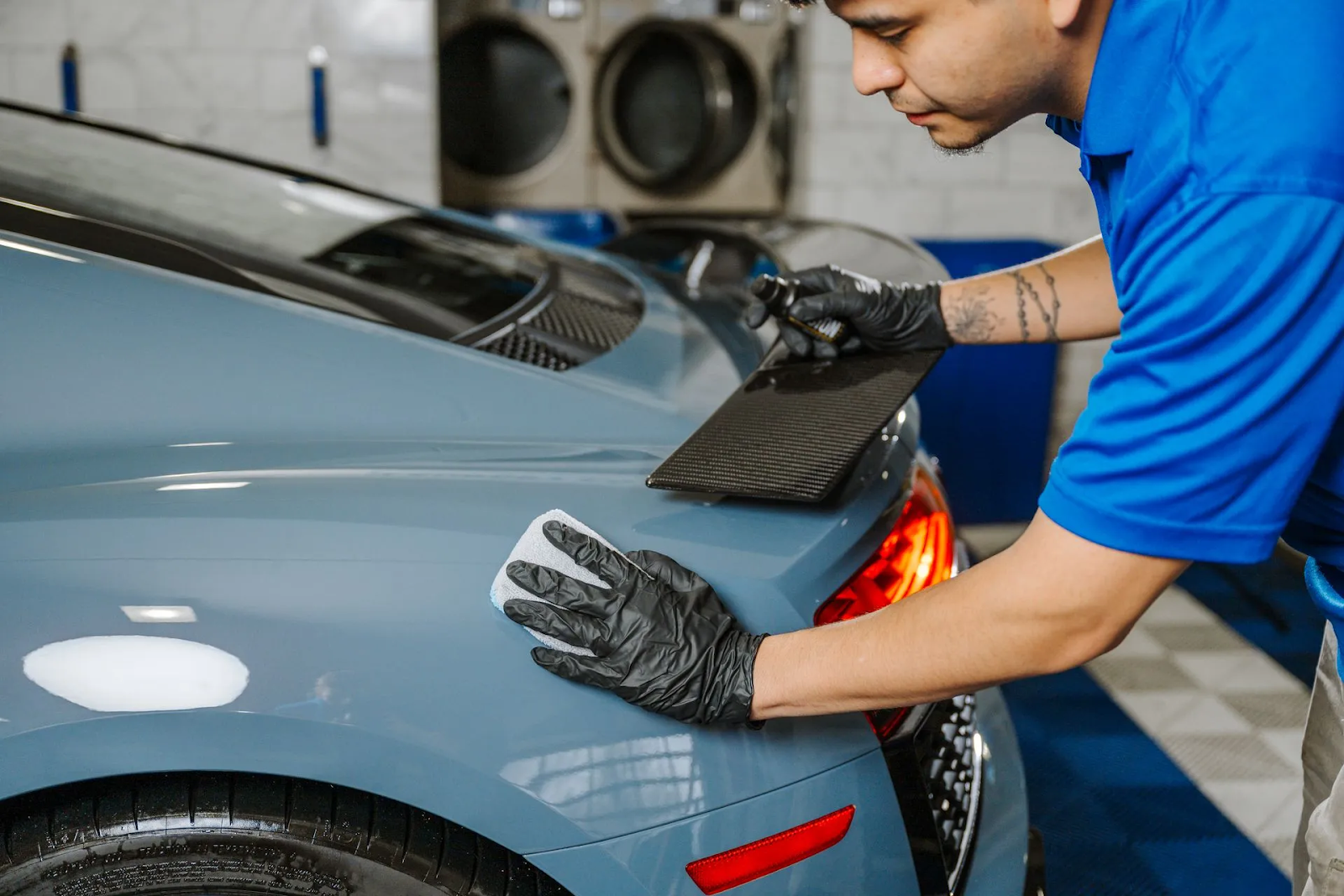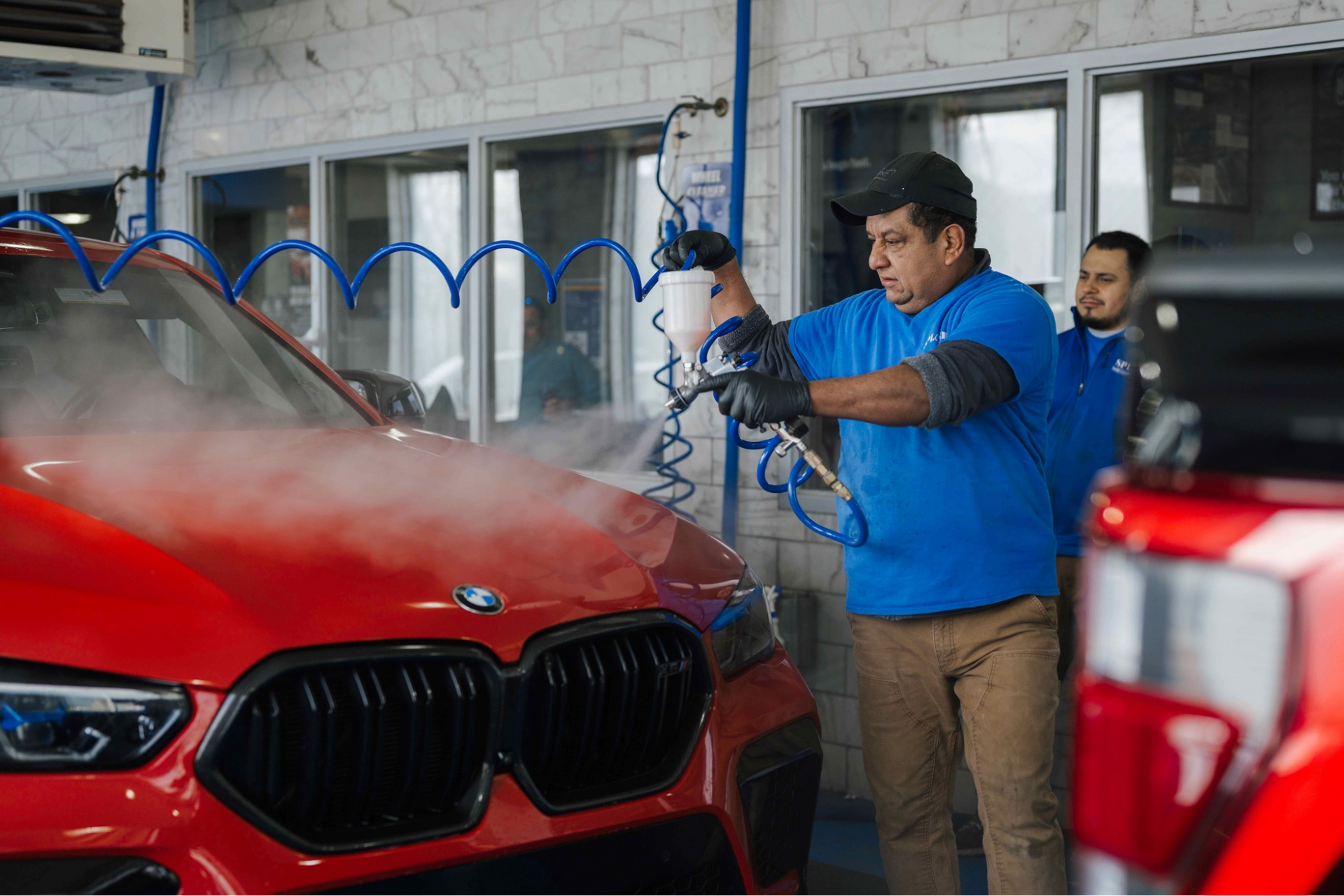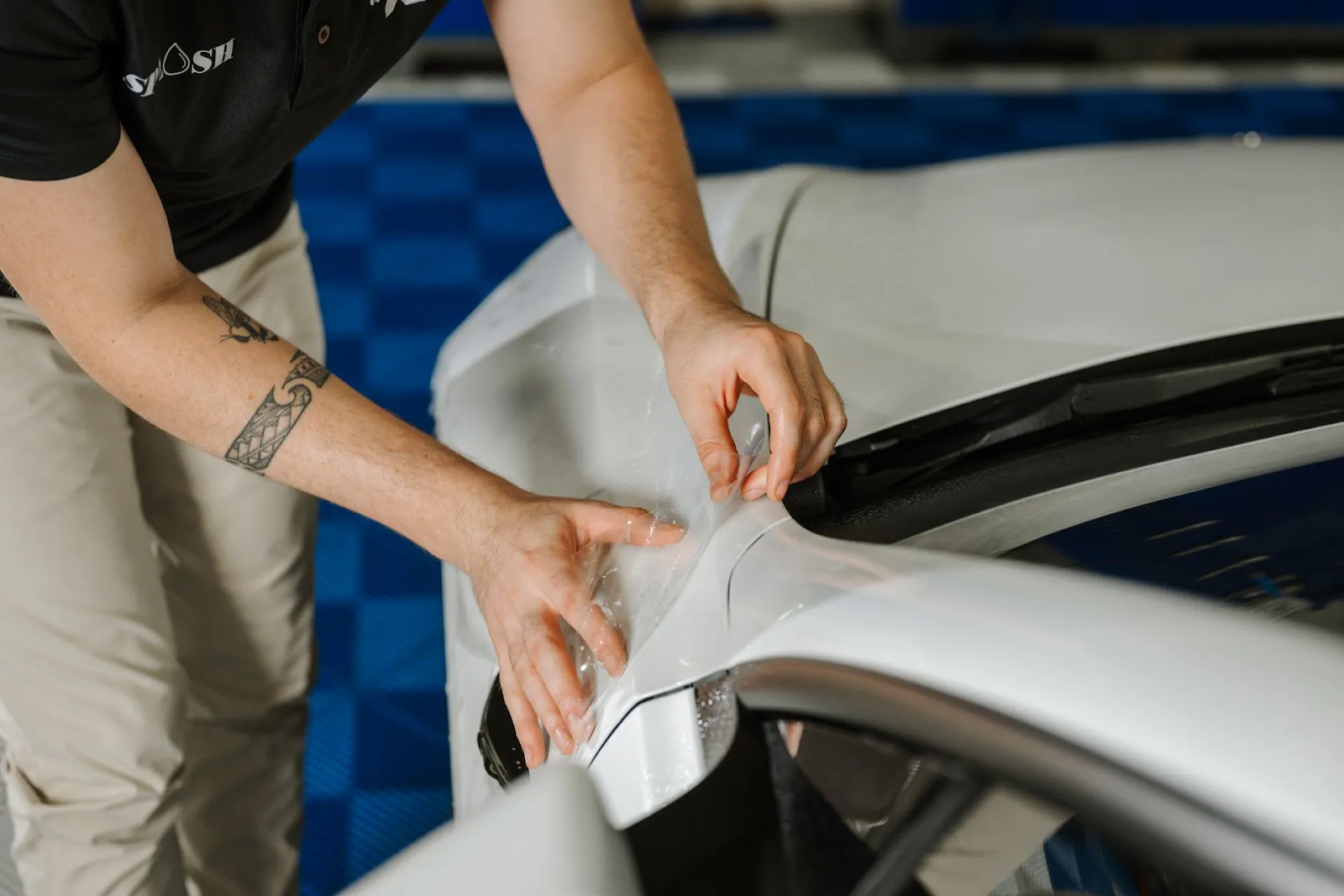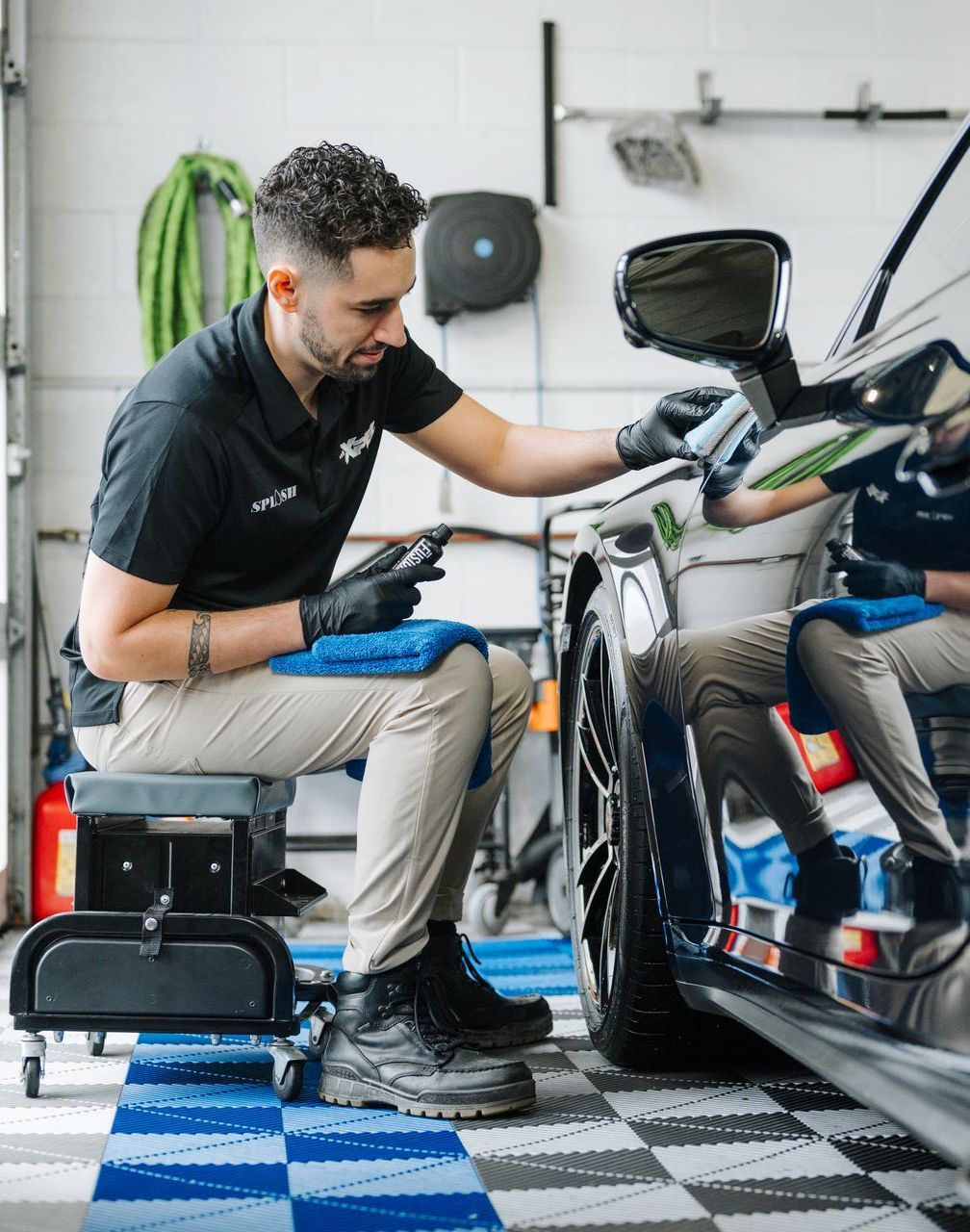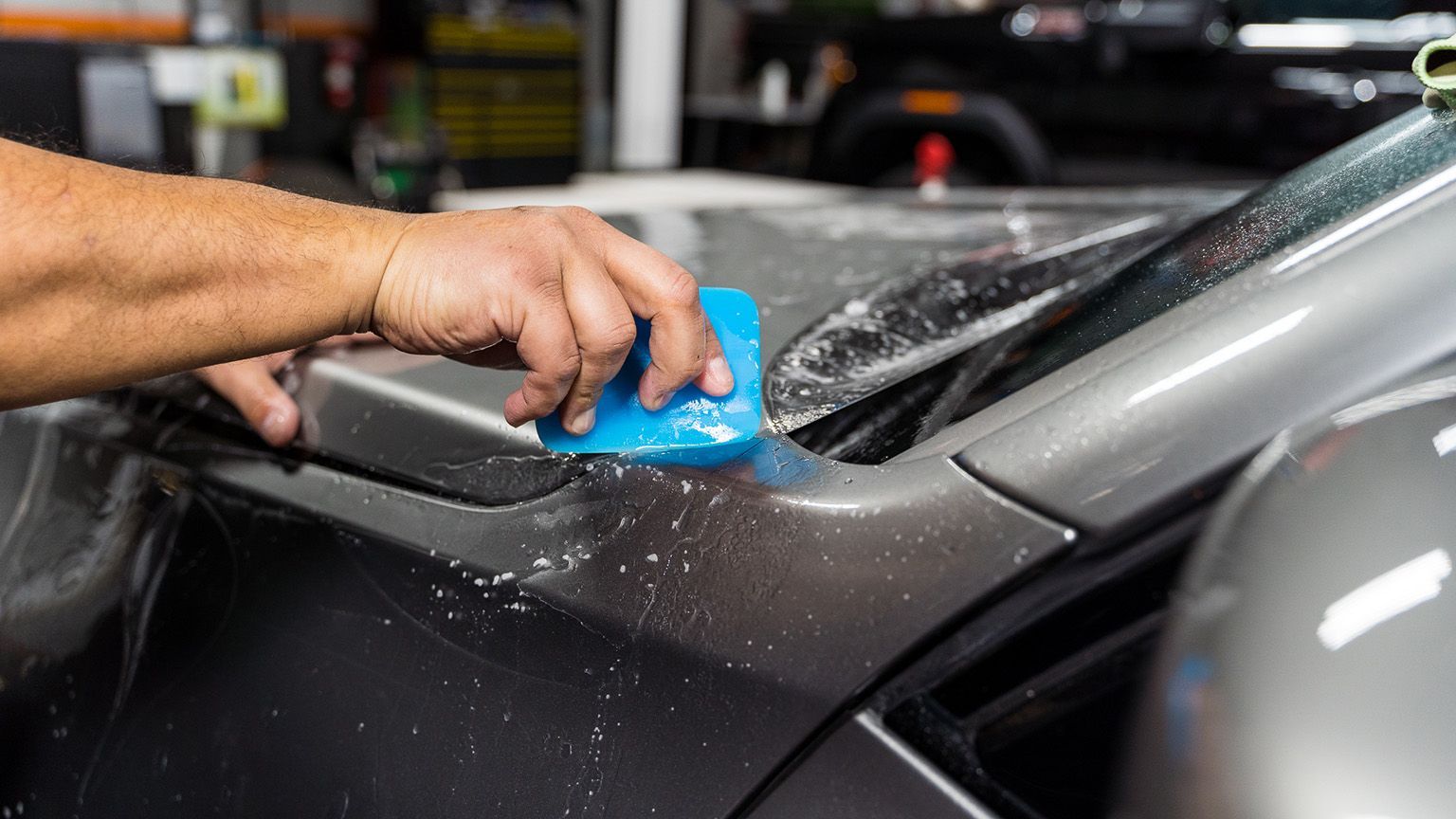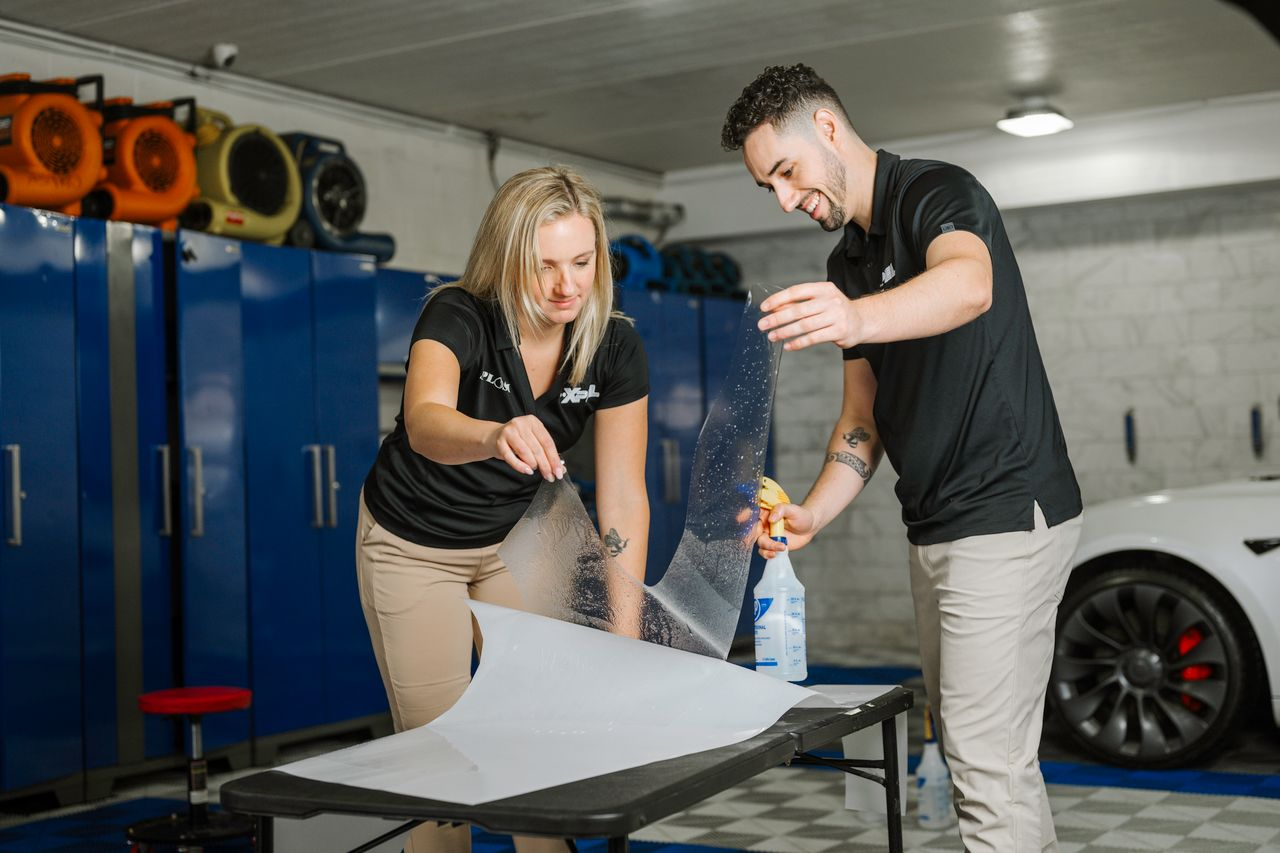Wax and ceramic coatings are both popular choices for protecting and enhancing the appearance of a car's paint, but they have distinct differences in terms of application, durability, and overall performance.
Hand Wax:
- Application:
Ease of Application: Wax is generally easier to apply than ceramic coatings. It can be spread onto the paint surface using applicator pads and buffed off with a microfiber cloth. - Protection:
Duration: Car wax provides a protective layer on the paint, but its durability is limited compared to ceramic coatings. It may last several weeks to a few months, depending on factors such as weather conditions and maintenance. - Appearance:
Enhancement: Wax enhances the depth and gloss of the paint, giving it a warm and natural shine.
Regular Application: Wax requires more frequent reapplication to maintain its protective properties. It is often recommended to apply wax every few months for optimal results.
Ceramic Coating:
1. Application:
- Professional Application: Ceramic coatings are usually applied by professionals due to their more complex application process. It involves meticulous surface preparation and careful application to ensure effectiveness.
2. Protection:
- Longevity: Ceramic coatings provide a more durable and long-lasting protective layer. They can last for several years, offering resistance against environmental contaminants, UV rays, and chemical exposure.
3. Appearance:
- Hydrophobic Properties: Ceramic coatings create a hydrophobic surface, causing water to bead and roll off. This not only enhances the appearance but also makes maintenance easier.
4. Maintenance:
- Low Maintenance: Once applied, ceramic coatings require minimal maintenance. They offer a semi-permanent to permanent solution, reducing the need for regular reapplication compared to wax.
Considerations:
1. Cost:
- Wax: Generally more budget-friendly.
- Ceramic Coating: Typically more expensive.
2. Time Investment:
- Wax: Quick and easy to apply, making it suitable for DIY enthusiasts.
- Ceramic Coating: Requires careful preparation and more time, often best left to professionals.
3. Intended Use:
- Wax: Great for enthusiasts who enjoy frequent detailing and want a product with a warm and natural finish.
- Ceramic Coating: Ideal for those seeking long-term protection, reduced maintenance, and a high-gloss, hydrophobic finish.

In summary, both wax and ceramic coatings have their merits, and the choice depends on your preferences, budget, and desired level of protection. Wax is a classic and accessible option, while ceramic coatings offer advanced, long-lasting protection for those willing to invest more in their car care routine.

